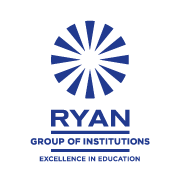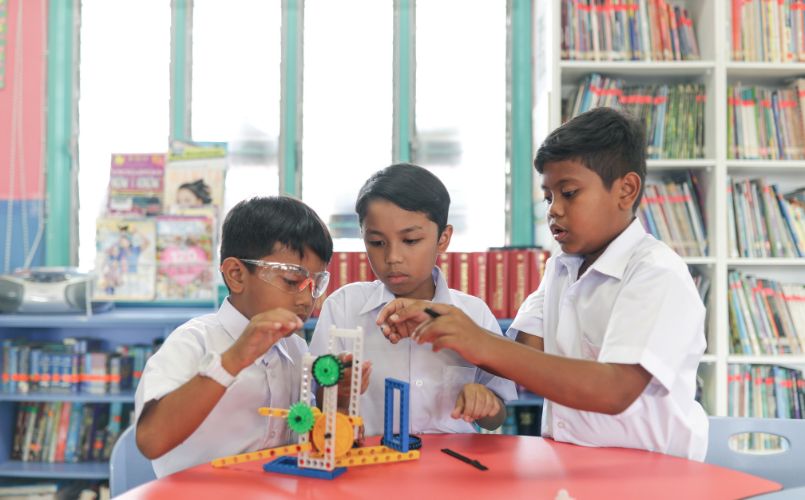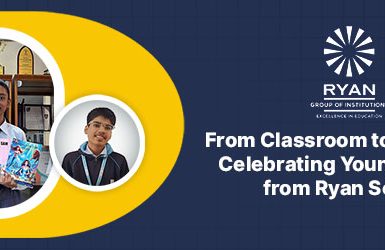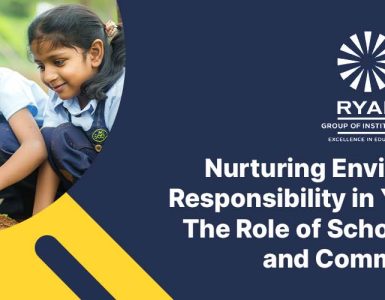Remember those old school days filled with textbooks, chalkboards and rote memorization? While they certainly had their place the world has. Our education system needs to keep up. That’s where Creative Teaching Methods like experiential learning comes in – a game changer in todays educational landscape.
You might be wondering why the shift is necessary. Well with the advancements of the digital age and the increasing interconnectedness of our world through globalization our children require more than just theoretical knowledge from books. They need skills, adaptability and real life experiences that prepare them for the challenges of this 21st century.
According to a study conducted by the Education Endowment Foundation students who engage in learning methods like experiential learning can make approximately six months worth of additional progress over a year compared to traditional learning approaches. That amounts to half a years worth of knowledge!
However it’s not about academic advancement; it’s also, about shaping well rounded individuals who can confidently navigate the complexities of our interconnected world. Take a moment to reflect on that. In todays interconnected world our kids will have the opportunity to work, collaborate and interact with individuals from backgrounds and cultures. Experiential learning plays a role in equipping them with the necessary cultural sensitivity, critical thinking abilities and problem solving skills they will require.
Socio-Cultural Understanding
Why Understanding Different Cultures Isn’t Just a ‘Nice-to-Have’
In our globalized society comprehending different cultures is no longer just an added bonus; it has become essential. And no, merely watching a documentary or reading an article won’t suffice. We’re talking about immersive experiences.
According to research conducted by the American Academy of Pediatrics children who engage with cultures tend to develop improved cognitive skills and emotional intelligence. They become adaptable empathetic individuals who are better equipped for a world where borders are becoming increasingly blurred.
Building Cultural Intelligence: It’s More Than Just Knowing Facts
Heres where things get fascinating. It’s not about knowing that bowing is considered a sign of respect in Japan or that Diwali holds immense significance as a festival in India. The key lies in understanding the underlying reasons, behind these customs and traditions.. This is precisely where experiential learning truly shines. By immersing students in cultural scenarios they not only acquire knowledge about different cultures but also experience them firsthand.
For example engaging in a community project in a village or collaborating with peers from different countries online provides students with valuable insights. They don’t just learn about traditions; they gain a deep understanding of the values, emotions and historical significance that shape those traditions.
The advantages? Well they are tangible. A study conducted by the National Education Association highlighted that students with cultural intelligence tend to excel academically exhibit enhanced creativity and possess superior problem solving skills.
Parent-Child Collaboration
The Role of Parents in Facilitating Experiences
Lets shift our focus for a moment. When we discuss education our attention often centers around teachers, curriculum development and schools. However there is another factor at play; parents. In the domain of learning parents are not mere spectators; they actively participate.
According to research conducted by the Harvard Graduate School of Education even simple family activities such, as cooking or going grocery shopping can significantly boost a childs math and vocabulary skills. Surprising? Not really.These ordinary moments offer opportunities for learning.
Bridging the Gap Creative Teaching Methods: From Classroom Lessons to Living Room Discussions
The wonderful thing about learning is that it goes beyond school hours. A lesson in science can extend to a fun weekend gardening project at home. Exploring civilizations during a history lesson might inspire a family movie night featuring epic historical films.
Parents, armed with insights from school curricula have the power to create learning experiences at home. The outcomes are remarkable. According to a children whose parents actively engage in their education tend to achieve academic performance and demonstrate more enthusiasm towards learning.
In essence experiential learning is not limited to schools it’s a collaborative journey where parents play an essential role. So parents your involvement truly matters. By participating in your childs educational journey you not only reinforce academic concepts but also create lasting memories and build a foundation, for lifelong learning.
Preparing for Global Challenges with Creative Teaching Methods
The Real World: It’s Not Just a TV Show
Lets be honest; the world our children are entering is significantly different from the one we experienced at their age. With advancements in technology, climate change and global socio political shifts there is a lot to navigate. So how do we ensure that our children are prepared for these challenges? The answer lies in learning.
According to a report published by the World Economic Forum, thinking, problem solving and adaptability will be, among the top skills required in the job market by 2025. While traditional classroom setups may touch upon these skills to some extent experiential learning integrates them into the core of education.
Tackling Real-World Problems Creative Teaching Methods, One Experience at a Time
Imagine a group of students actively working on a project aimed at addressing water scarcity within their community. They aren’t just reading about it; they conduct research, brainstorm solutions collaborate with experts and implement strategies. This practical approach not teaches them about water conservation but also equips them with skills to analyze problems effectively work in teams collaboratively and develop innovative solutions.
Moreover the benefits of learning extend beyond academics.Based on a report published by the Collaborative for Academic, Social and Emotional Learning (CASEL) it has been observed that students who engage in experiential learning projects tend to develop attitudes towards themselves and their communities. Additionally their classroom behavior. They even exhibit enhanced readiness for college and career opportunities.
Fundamentaly experiential learning goes beyond exam preparation; it focuses on equipping students with the necessary skills to navigate real world challenges. By doing so we are not only fostering a love for learning but also nurturing future leaders, innovators and responsible global citizens.
Harbouring Global Citizenship Creative Teaching Methods
Global Citizenship: More Than Just a Passport Stamp
Global Citizenship is more than just collecting passport stamps in todays digital era. It involves understanding perspectives cultivating empathy and embracing global responsibility. Enough experiential learning plays a significant role in this regard.
A research study conducted by the Asia Society highlighted that students exposed to issues are more likely to actively participate in civic matters. They become naturally curious about the world, around them. Gain a deeper understanding of global events.
That’s quite significant!
From Local Classrooms to Global Impact
Imagine this; a group of students collaborating with another class from a different country on a project focused on sustainable living. They aren’t simply exchanging emails; they’re actively sharing experiences discussing challenges and brainstorming solutions that benefit both their communities. This goes beyond being a school assignment; it’s an opportunity to learn about global collaboration.
Such experiences teach students that even their smallest actions can create ripples. They develop the ability to see issues from perspectives comprehend the interconnectedness of our global society and understand the shared responsibilities that come with it.
What are the outcomes? They are tangible. According to an OECD report students who engage with issues and participate in collaborative projects tend to have greater awareness of social matters exhibit more positive attitudes, towards other cultures and even achieve better academic performance.
In conclusion being a citizen goes beyond merely knowing what is happening in the world. It involves understanding why it is important and how each individual can make a difference. Through learning we aren’t solely educating students; we are shaping well informed, empathetic and proactive global citizens.
Enhancing Critical Thinking and Problem-Solving Skills
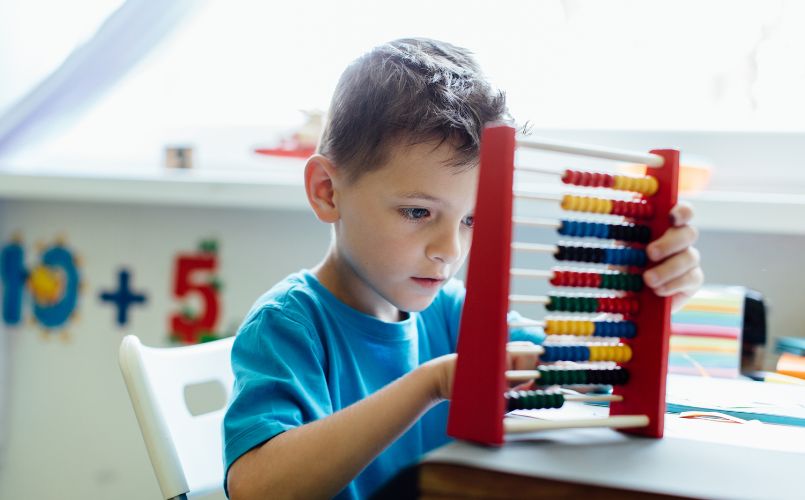
Critical Thinking: It’s Not Just for Detectives
Have you ever been captivated by a detective show. Amazed at how the main character can piece together clues and unravel mysteries? That’s an example of critical thinking. However in todays world we all need to embrace our inner detective.. Experiential learning serves as our training ground.
According to a study conducted by the Brookings Institution students who engage in experiential learning activities demonstrate significant improvement in their critical thinking skills. They become more proficient at analyzing information establishing connections and drawing informed conclusions.
Problem Solving; Beyond Discovering Answers
Imagine students being assigned the task of designing a garden for their school. Throughout the process of researching, planning, budgeting and executing their plans they encounter challenges such as limited resources, unpredictable weather conditions and space constraints. Of giving up when faced with these obstacles they adapt their strategies innovate new approaches and ultimately find solutions.
This project goes beyond gardening; it becomes an extraordinary lesson, in problem solving.
Employers will prioritize problem solving skills by 2025. Experiential learning plays a role in ensuring that students stay ahead of the curve.
In a world filled with information and various challenges it’s important to understand that critical thinking and problem solving skills are not limited to academics they are essential, for survival. Through learning we go beyond simply teaching students how to find answers; we empower them with the necessary tools to navigate challenges ask the right questions and forge their own path in an ever evolving world.
Creative Teaching Methods, The New Era of Learning; It’s Already Here
So after exploring the transformative dimension of experiential learning and its undeniable advantages lets ask ourselves; Are we truly prepared to fully embrace it?
The traditional method of teaching with chalk and talk has had its time. The future calls for a more dynamic and hands on approach.
Think about this; A recent report from McKinsey & Company highlighted how innovative teaching methods, such as learning can result in a 20% improvement, in student educational outcomes. This isn’t a statistic; it shows the significant impact that real life experiences can have on shaping the future of our children.
Be a part of the revolution. Embrace experiential. Witness firsthand the incredible transformation it brings. All the future starts right here in our classrooms.
